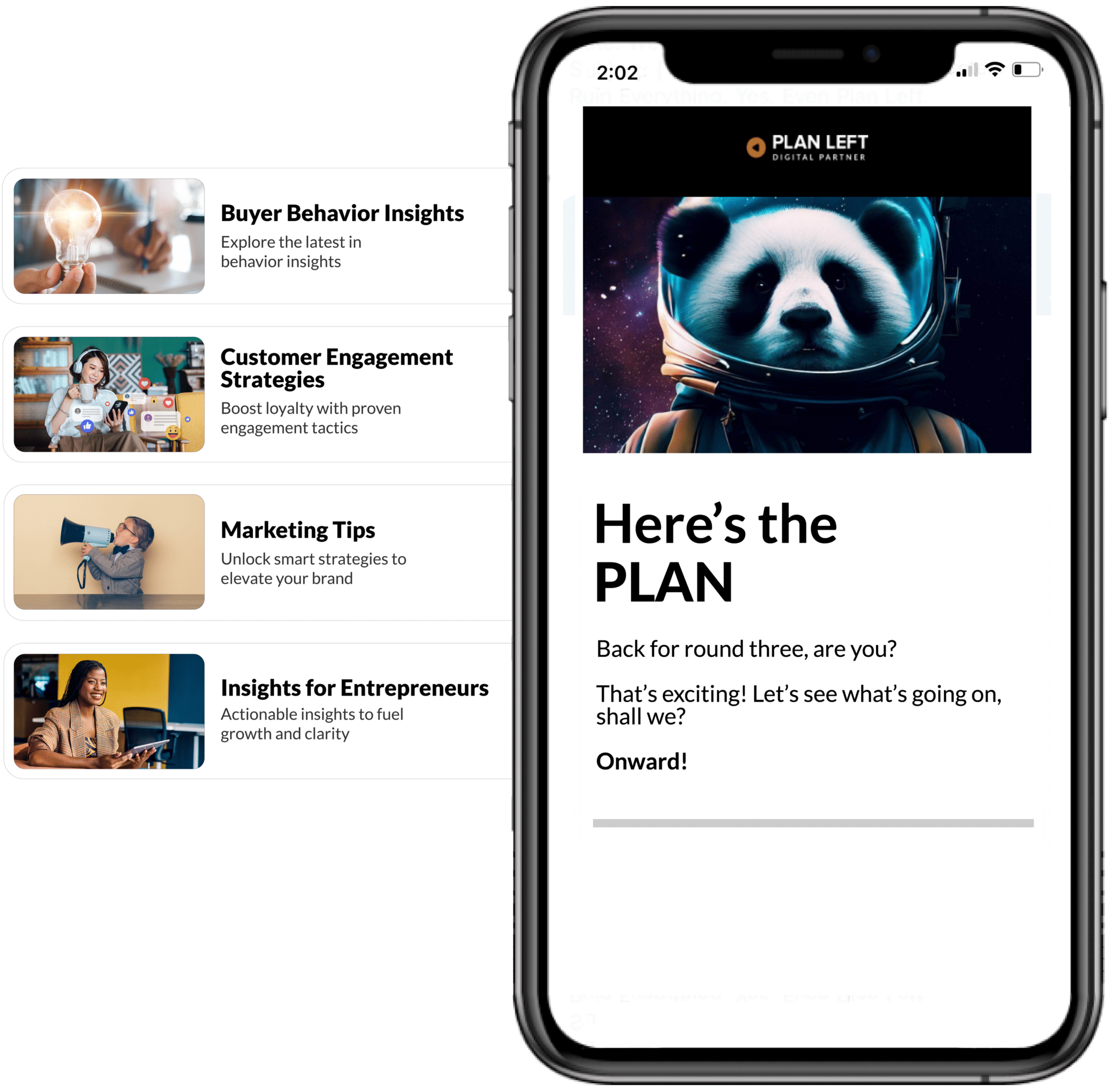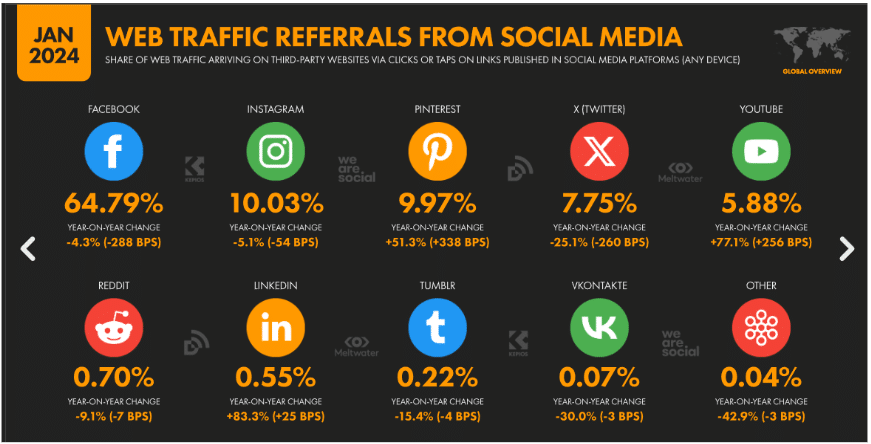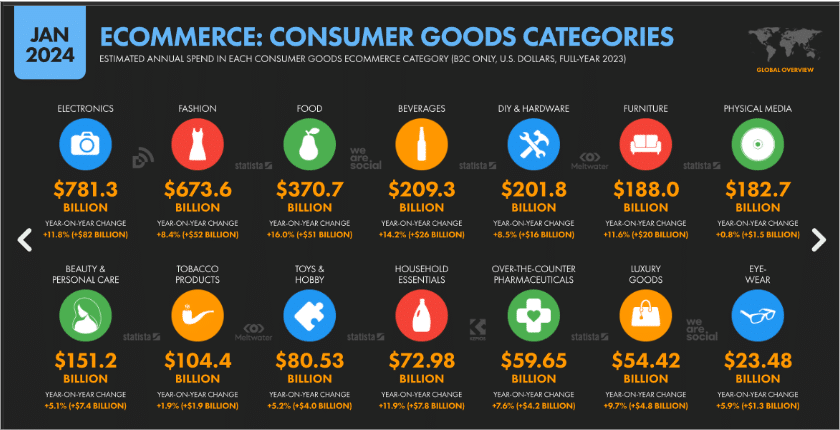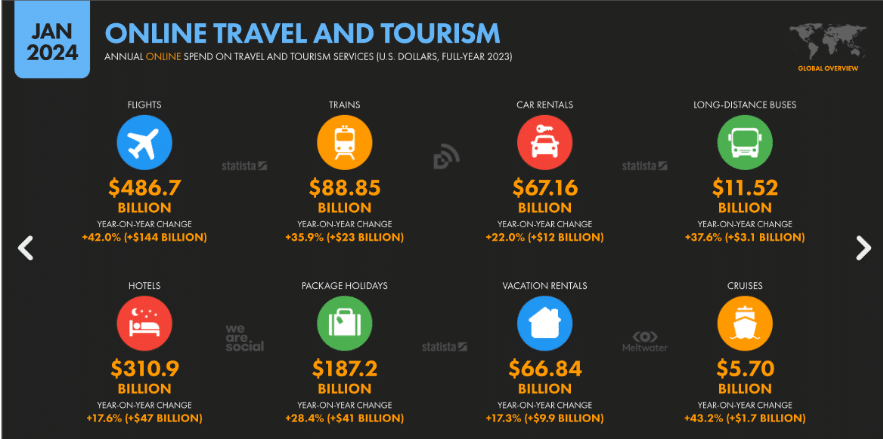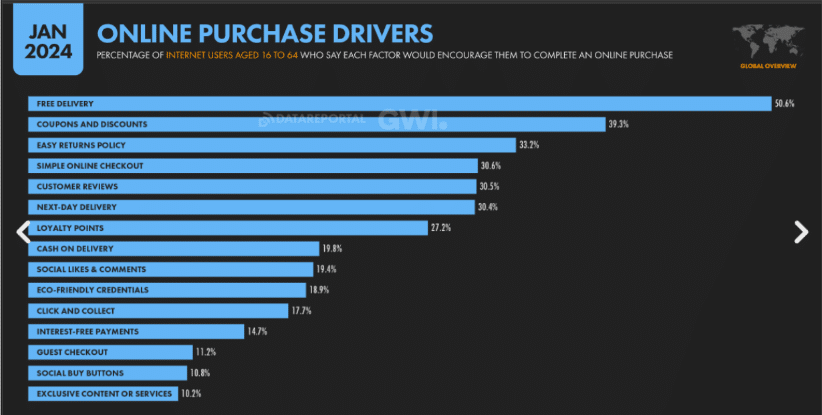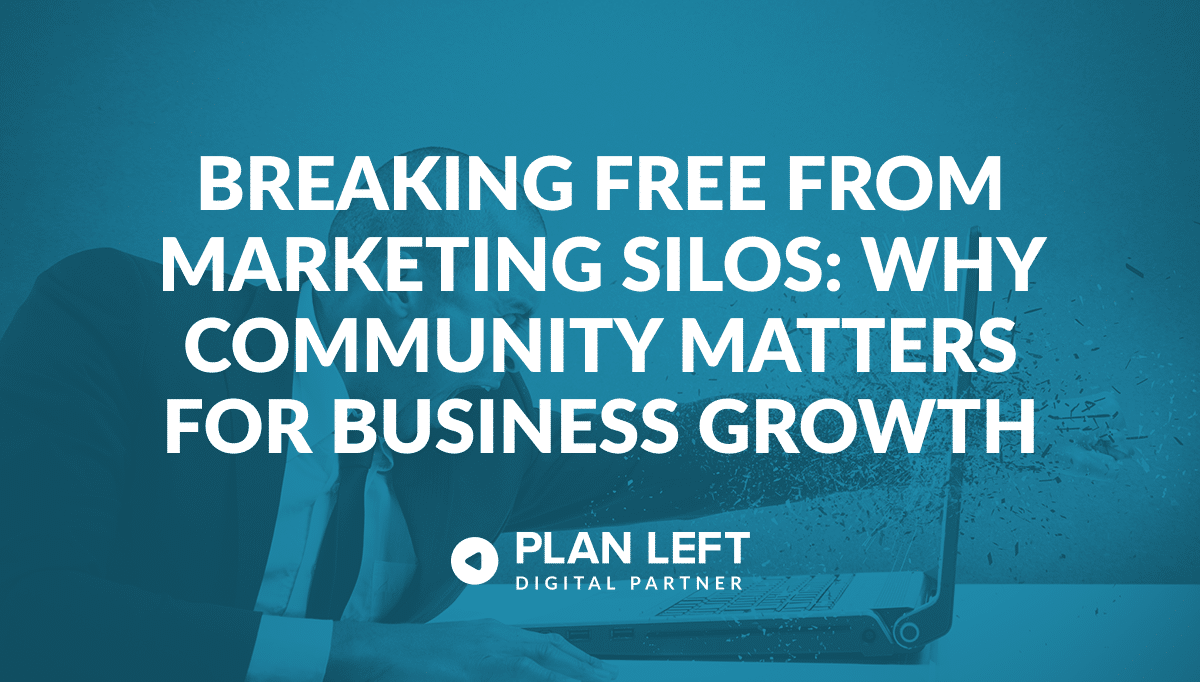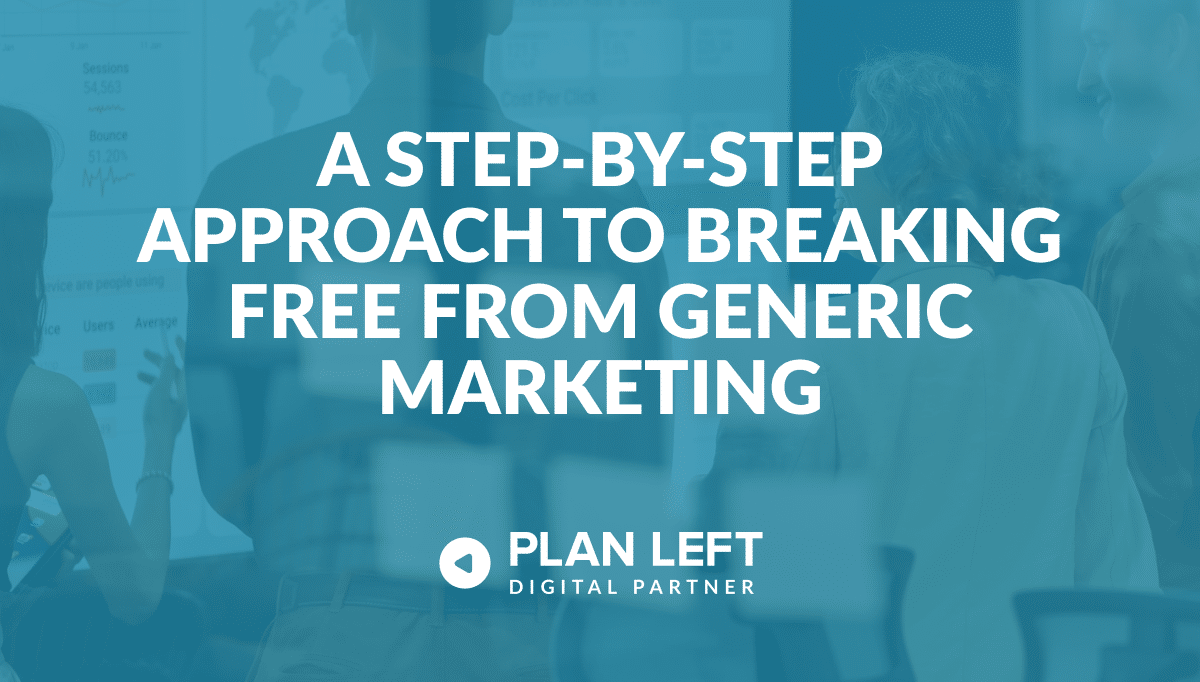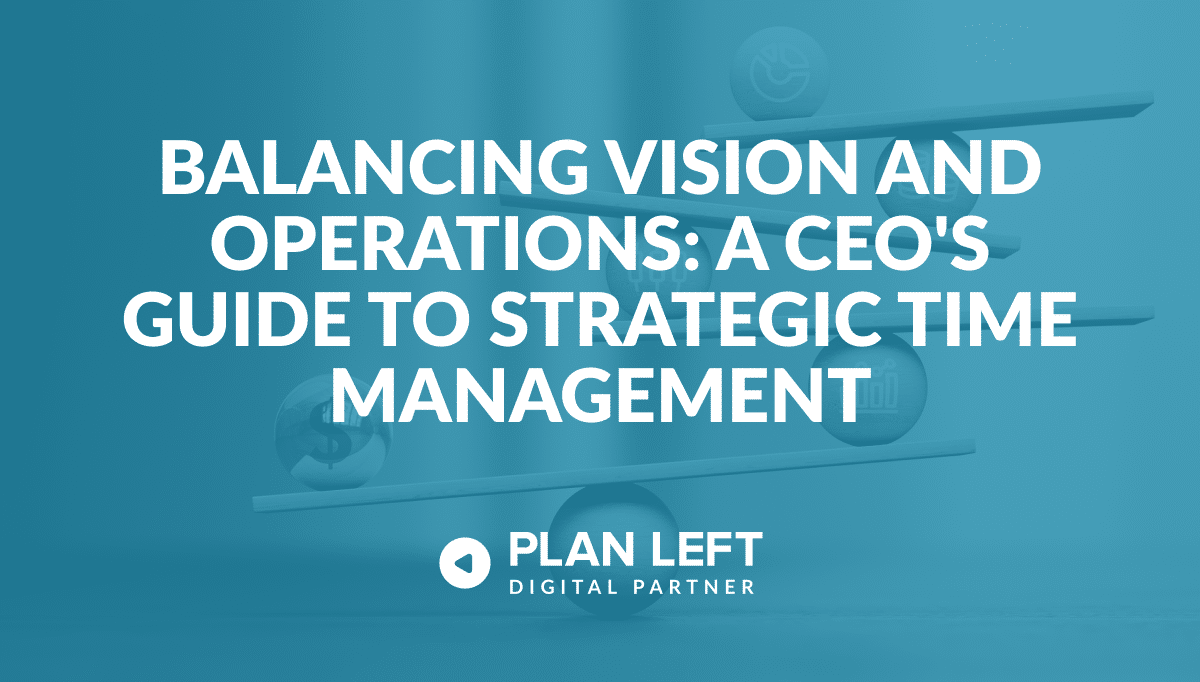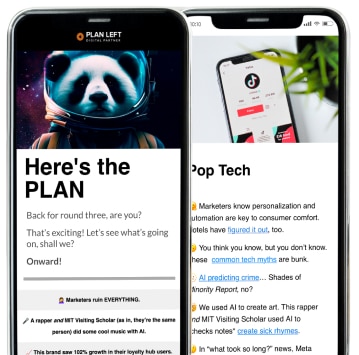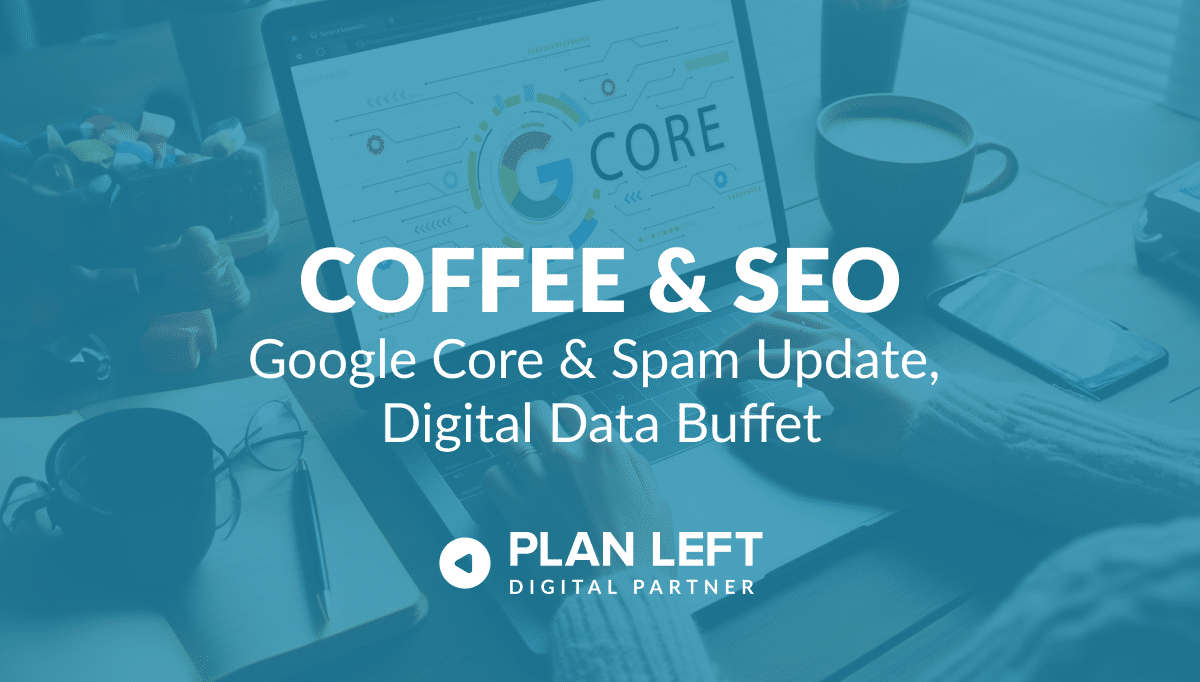
The struggle to find current, accurate data for a target need can feel like searching for the winning lotto numbers in the SERPs. But not all heroes wear capes; some come bearing data as gifts. The new Digital 2024 Global Overview Report doesn’t come with a cape, but it is now available, and we have highlights we know you’ll want to see. And we can’t forget Google announced it is updating its core and spam algorithms this month, plus Google Ad and YouTube updates, and more in this week’s Coffee & SEO. Shall we?
Google’s AI-Content Takedown
Google has released a core and spam update that is about to rock auto-generated content on the internet—and not in a good way. Well, it depends on how you use AI. If you’re a frequent reader, you may remember our Helpful Content Update—Are You White at or Black Hat blog, which called out AI-generated content and how it’s missing something—content created for people, not search algorithms.
Are these updates a surprise? No, or they shouldn’t be. It appears that the crackdown on AI-generated content has begun. Meta recently announced its plans to label AI-generated images. Where one goes, others are sure to follow.
“We believe these updates will reduce the amount of low-quality content on Search and send more traffic to helpful and high-quality sites. Based on our evaluations, we expect that the combination of this update and our previous efforts will collectively reduce low-quality, unoriginal content in search results by 40%.” – Elizabeth Tucker Director, Product Management at Google
We’ve all seen the commentary around using AI for shortcutting content with callouts like, “No one can detect AI content,” or blog headers titled 10 Ways to Generate Ranking Content with AI, but the bottom line is, if you’re mass-producing AI-generated content for the algorithms and not focusing on content that not only connects with your readers but is also helpful, well, this update is going to impact you. Just as we saw in the last HCU (Helpful Content Update) at the end of 2023, once your website is hit, it is not easy to bounce back.
No one disagrees that AI has opportunities for integration and improving daily operations. The key here is knowing when and how to use it in the appropriate ways.
So, what exactly constitutes spam in Google’s eyes? According to their guidelines, spammy practices include everything from keyword stuffing and cloaking to scaled content that isn’t helpful to the readers.
Okay, here’s the good part (no, it’s not all doom and gloom). Google has provided some helpful resources as everyone navigates these changes. Whether you’re looking to clarify the spam policies, understand the ins and outs of core updates, or how to optimize your content for better rankings, there’s something here for you:
- Scaled Content Guidelines: Google’s guidelines on scaled content and how to create content that adds real value for your audience.
- Core Updates Overview: Google’s core updates explained and how they impact search rankings, visibility, and user experience.
- Ranking Systems Guide: Google’s guide to ranking systems, little nuggets of information about boosting your website’s credibility and authority.
- Helpful Content FAQ: Still not sure how to create or what helpful content is or how it aligns with Google’s guidelines? This FAQ is your new BFF.
Global Digital Data Report
If only finding data worked like calling out for Beetlejuice, but, alas, it doesn’t. Fifteen Google searches and thirty blogs and articles later, you might have a couple of usable options, right? Thankfully, we have massive reports like the latest Digital 2024 Global Overview Report that help us avoid the statistic search black hole of doom (so dramatic but yet so accurate).
No exaggerations here—this is a massive amount of digital marketing data—561 slides of percentages, charts, graphs, and other insights. M-A-S-S-I-V-E. No worries. Here are some of the key highlights:
Social Media Explosion
It’s not really surprising that there are over 4.6 billion social media users worldwide. Everyone wants to connect and watch the next viral video. What is surprising is platforms like TikTok and Reddit are making their way into Google SERPs, and younger generations are leaning on TikTok as a search engine. As a result of this, we can see in the data a drop in web traffic referrals from top platforms like Facebook (-4.3%) and X (-25.1%), while others like LinkedIn (+83.3%) and YouTube (+77.1%) spike.
Lights, Camera, Action!
We know video content is taking center stage. From bite-sized TikTok clips to epic YouTube sagas, people can’t get enough of video. YouTube ad reach, when compared to the total number of internet users, is 46.6%—that’s nearly half! Not to mention the male (54.4%)to female (45.6%) ad reach isn’t too far off either. TikTok isn’t looking too shabby either, with a female ad reach of 48% and a male ad reach of 52%, with a total internet user ad reach of almost 30%.
eCommerce Boom
There was a slight drop in weekly shopping, but who can compete with COVID numbers and the world being stuck at home? However, the numbers are all in the green for consumer goods, along with nearly 51% of purchases made as a result of offering free delivery—who doesn’t like ‘free’? But how does this impact your industry? Annual spending is up across all consumer goods markets:
-
- Food +16%
- Beverages +14.2%
- Household Essentials +11.9%
- Electronics +11.8%
- Furniture +11.6%
- Luxury Goods +9.7%
- DIY & Hardware +8.5%
-
- Fashion +8.4%
- OTC Pharma +7.6%
- Eye Wear +5.9%
- Toys & Hobbies +5.2%
- Beauty & Personal +5.1%
- Tobacco Products +1.9%
- Physical Media +0.8%
Trains, Planes, & Automobile Rentals
The travel and tourism industry is arguably the most impacted by the data. People are traveling again, as evidenced by the billions in online spending increases seen across flights ($144B), trains ($23B), car rentals ($12B), and buses ($3.1B). Even cruises show an increase of 43.2%, which translates to an online spend of $1.7B.
So, what’s the takeaway?
- Video Content: If you are not already making this part of your strategy, why? The data is there, regardless of age, demographic, or platform. You want to get video content integrated into your strategies as soon as possible.
- Consumers are Buying: Billions (that’s a ‘b’) are spent on online purchases, and this number is increasing across the board. Factors such as free delivery (50.6%), coupons and discounts (39.3%), and easy returns (33.2%) are the top three reasons for consumer conversions for all age groups. Time to consider free shipping options, a brand loyalty program, and a streamlined return policy outlined on your website emphasizing the ‘ease and convenience’ offered if the product or service doesn’t work out.
- Have Laptop, Will Travel: Tourism will make or break a local economy from the number of jobs available to the economic growth and impact on local infrastructure. Even if you’re not part of the local travel and tourism market, it’s still worth it to connect with your local community (heard of local SEO?). Posting blogs and articles that connect your brand to local events, well-known locations in your area, or calling out team members who did something/participated in something like a 5k run or other community events all drive awareness to your brand while tapping into the local tourism search (keywords dear Watson).
Google Will Pause Ad Groups with No Impressions
This month, Google Ads will start automatically pausing ad groups that were created more than 13 months ago and have not received any impressions in the past 13 months. Don’t worry. Google will notify you before anything is paused. But why, you ask? Google says, “This is being done to improve Google Ads experience for advertisers.”
If you get a notification, you will have the option to unpause ad groups if you still want them active for your campaigns, but you should review the ad groups and consider unpausing only those that will receive impressions in the coming weeks, like seasonal ad groups or those associated with an annual event.
Unpaused ad groups will be automatically paused again if they do not receive any impressions over the following three months, so careful review is warranted. You should also weigh the effort in updating the ad group(s) and the resources allocated and consider whether the time (and money) would be more effective elsewhere.
Watercooler Highlights
Whew! That was a lot of data and information to absorb. We have more, but these are light hitters we couldn’t leave out, and you certainly want them on your radar.
New YouTube Collabs Feature Mirrors TikTok Duets
YouTube Collab for Shorts targets TikTok’s duet feature. This feature update allows content creators to collaborate on short-form videos, creating a dynamic and interactive experience that has been a popular feature of TikTok.
So, what exactly is Collab for Shorts all about? Essentially, it’s a way for creators to team up with each other and co-create short videos right on the YouTube app. But what does this mean for digital marketers and content creators? Well, it gives a way to think outside the box and explore new opportunities for engaging with your audience. Collab for Shorts provides a way for brands to collaborate with other creators and influencers, tap into new audiences, and showcase their brands in a way that is trending.
Google Analytics Simplifies Ad Reporting
Google Analytics (GA4) is consolidating ad reporting for campaign insights into one centralized hub. This update means that we now have access to the data and analytics from various ad platforms all in one place (finally!). You can now track performance metrics and analyze trends without bouncing around the many tabs and windows that many of us have open at any given moment.
This update gives us:
- Customization: Customizing reports to include specific metrics, dimensions, visualizations, and date ranges tailored to your or your client’s unique needs and preferences is how data-driven decisions are made. Customizing reports further with behavioral insights and anonymized and aggregated insights from ad campaigns takes customization to a new level.
- Advanced Filters and Segmentation: When setting up automated reports, advanced filters, and segmentation options allow us to segment data based on specific criteria and apply custom filters to focus on brand goal insights.
The amount of information and constant changes to search algorithms, marketing tools, and creator platforms have never been more clearly represented than in this week’s Coffee & SEO blog. We get it if you’re feeling a bit overwhelmed. It’s our job to stay current and knowledgeable and call things out before they become issues, just as we did with the helpful content blog and AI content. When you’re ready for Plan Left to grow your brand and not have to backtrack efforts, we’re ready to partner up. Just say when.
Explore Latest Posts
Breaking Free from Marketing Silos: Why Community Matters for Business Growth Every entrepreneur knows the weight of making decisions alone. ... read more
December 11, 2025
A Step-By-Step Approach to Breaking Free from Generic Marketing Enterprise marketing leaders face the challenge of standing out among countless ... read more
December 9, 2025
The constant tug-of-war between strategic vision and operational demands defines the modern CEO experience. While your company's future depends on ... read more
December 4, 2025
Essential Strategies for Entrepreneurs
Get Actionable Business Insights & Marketing Tips
Our newsletter delivers real-world strategies from entrepreneurs who’ve been exactly where you are.
Sign up now for:
- Actionable growth strategies that work
- Insider tactics for attracting top talent
- Real-world case studies from successful founders
- Emerging tech trends that drive innovation
- Pragmatic marketing approaches for visionary leaders
